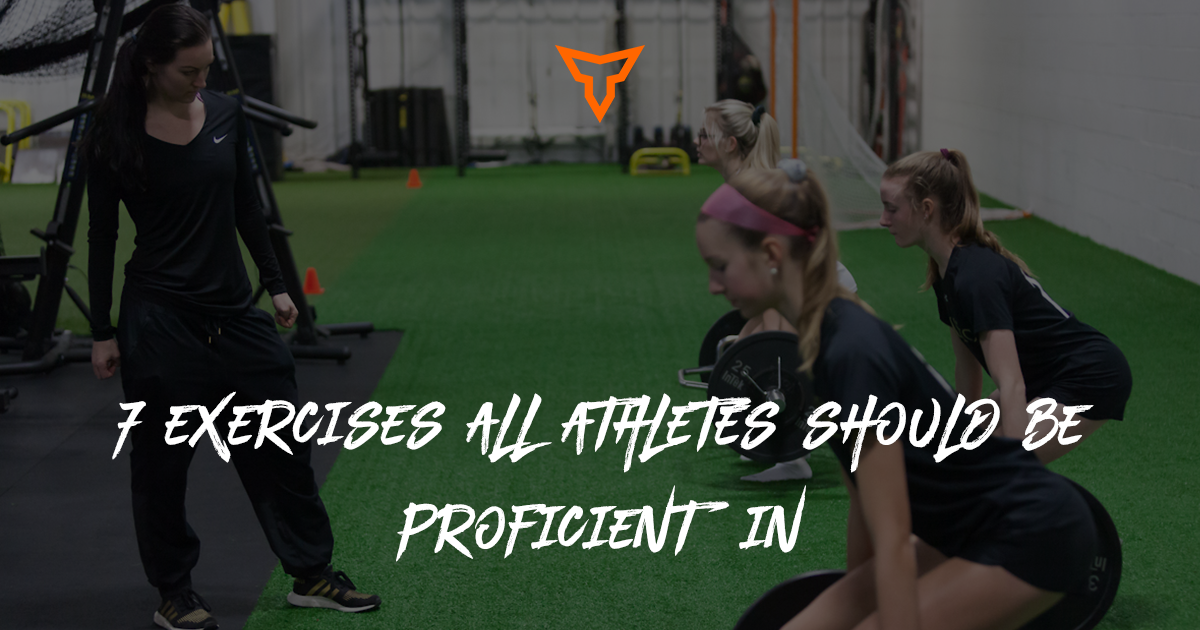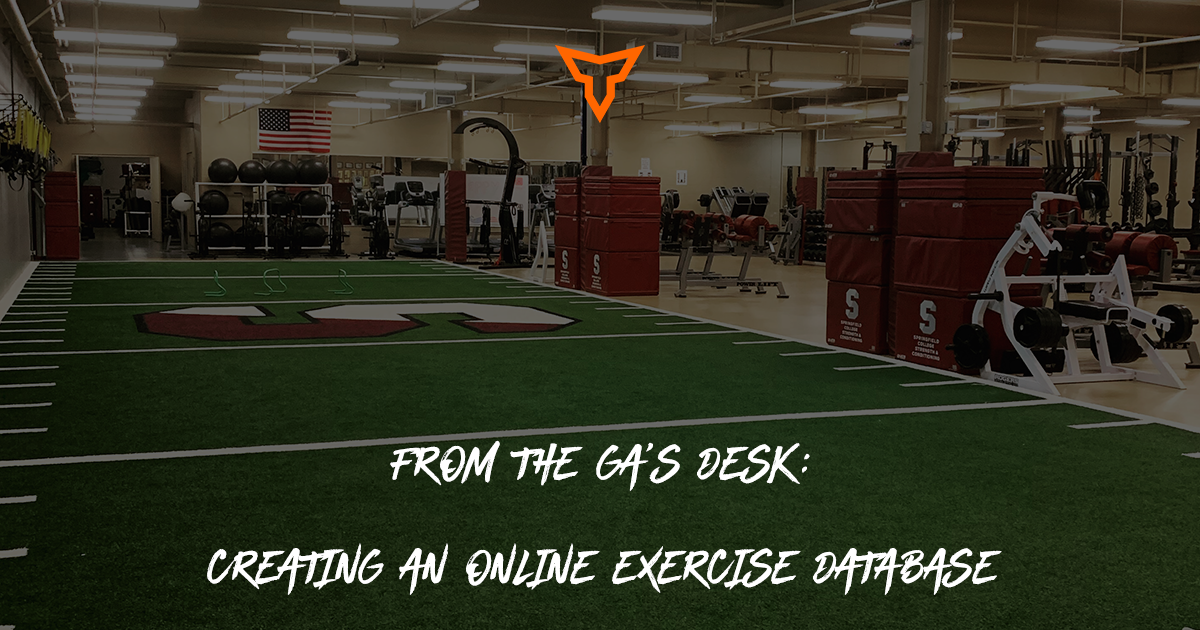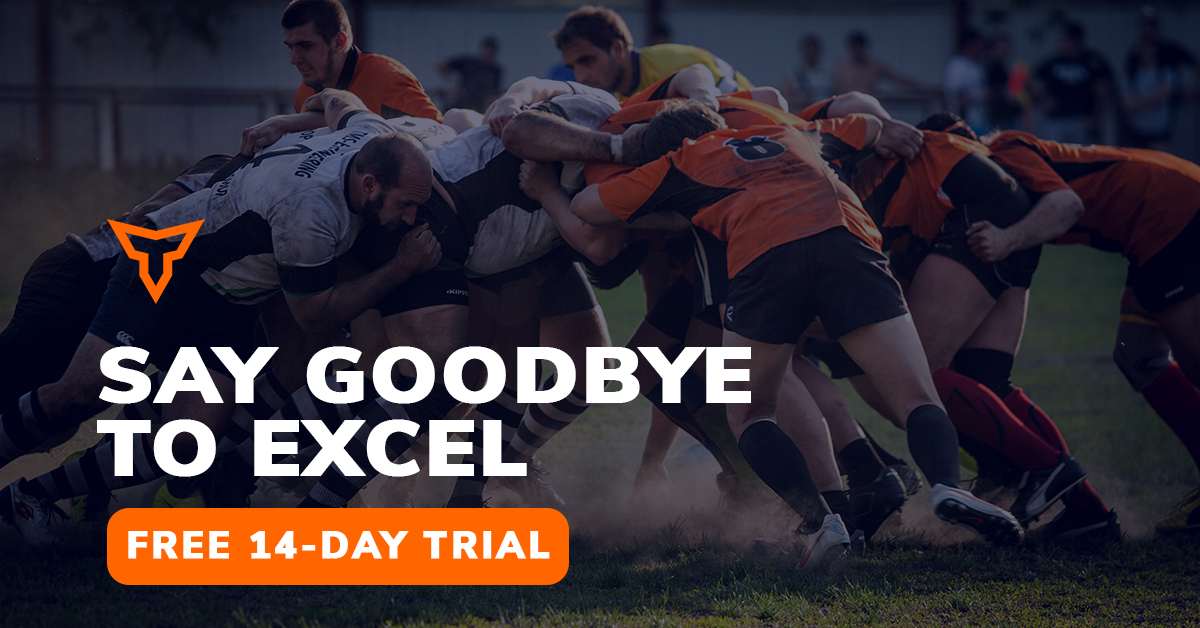Building a Unified Program Across All Sports
Programming for a strength program at the high school level can be a daunting task. Hundreds of athletes playing 15-20 sports, with overlapping schedules and seasons. Add in multi-sport athletes that often get thrown into a new training group mid-season or off-season and you have a recipe for chaos. So how do you:
- Design a quality program for that many athletes and sports?
- Keep the chaos to a minimum for multi-sport athletes?
- Continue to have athletes make progress year round?
For most of the programs I have seen, the answer is someone gets the short end of the stick. Some schools limit the programs that the strength coach works with. Some schools let every coach fend for themselves so training is vastly different depending on your sport. Some simply barely lift/don’t lift once season comes around (which is brutally unfair to your multi-sport athletes).
A better answer is to unify your strength program across all sports. Give the best to every athlete, but do it in a way that makes logistical sense across the board. Sport coaches will have to give up much of the “sport-specific” training in the weight room, but in a solid high school program there shouldn’t be much that is “sport-specific” about the weight room at all!
High school athletes need a heavy dose of weight room fundamentals. Sport specific and advanced lifting methods are just icing on the cake. The cake itself should be made out of a solid strength base, properly coached compound movement patterns, and a well-designed movement skill program. Anything more and you’re just putting icing on a cake that ain’t baked yet. Nobody wants to eat that!
So if 90% of high school athletes’ needs are the same, then why try to “individualize” each program? Why not find a solid, yet adaptable plan that works for all of your athletes, and keep that plan progressing throughout the whole semester whether an athlete is in season or out of season? That is precisely what we have done at my current school, and it has worked wonders!
The Benefits
The benefits of having a unified strength program across all sports are numerous, and it benefits not just your larger sports like football but also your smaller sometimes overlooked sports like tennis or cross country. Here is the short list of benefits:
- Allows for more consistent progress in season because every athlete in the school goes through the same periodization, both in and off season.
- Gives your multi-sport athletes who may never actually be in “off-season” a chance to progress instead of just maintain. This also makes their transition into a new sport smooth since both teams are on the same cycle.
- Removes little brother syndrome of smaller sports since they are getting the same treatment and opportunities as the larger sports.
- Allows for multiple sports to train in the same weight room at the same time since their programming is 80-90% similar.
- Keeps quality of training high across multiple sports since the same exercises, cues, and coaching points are being given to each program.
- Encourages more athletes to try to become multi-sport athletes since they won’t have to miss out on training.
- More thoroughly enforces weight room culture since all athletes receive the same message, all year.
- Limits soreness from exposure to brand new stimulus when an athlete transitions sports.
What Does it Look Like?
So what does this look like? Is it a cookie cutter program that you hand out to every team no matter what? Absolutely not! What it means is that we have certain threads that run through every program, and certain variables that we changes based on external factors.
One program, one culture
The first and most important piece of a unified strength program is to have a common culture. Find core values, standards, and expectations that hold up for every sport. That no coach can argue with. That every one of your sport coaches will be happy to see getting implemented. Then build it with every athlete in every sport.
This keeps you in control of your piece of the puzzle. It prevents a cancerous culture in one specific sport from spreading to your weight room. When they are in “your” weight room, they will adhere to “your” culture. Because every one does. EVERY sport and EVERY athlete. Not only can this save you a lot of headaches in regards to reckless or lazy weight room etiquette, but it can allow for you to have greater impact on athletes’ lives. When you get to implement your culture with an athlete throughout the year you simply have a better shot at making a difference.
Exercise Consistency
We use the same core exercises, coaching cues, and progressions with every sport. We are a movement pattern based program so every sport will include at least one of the following each training session: Squat, Hinge, Deadlift, Push, & Pull. On an individual level athletes will progress through these patterns with the same advancements. The Squat would look like this:
Bodyweight Squats -> DB Goblet Squat -> Zombie Squat- > Front Squat -> Back Squat
This same concept applies to all of our major movements in the weight room. Our auxiliary movements will also be similar for the majority of our athletes. Football, tennis, golf, and volleyball will all be familiar with staples such as the bulgarian split-squat and single leg RDL. This means that there are very few surprises when athletes transition sports.
Periodization
Next we build a unified periodization plan. Currently we run a Triphasic model, but what philosophy you adhere to really doesn’t matter. What matters is that you keep everyone on the same microcycle at the same time. Every sport starts the semester with an acclimation phase. Then every sport transitions into an eccentric phase at the same time. Then to isometric, concentric, and peaking. By lining up your periodization, now any athlete can transition seamlessly from sport to sport or sport to off-season without a drop off. They continue to make progress no matter the circumstances.
Volume, Intensity, and Load
What changes from program to program is training volume, load, and exercise selection. We run a wave training model with our teams meaning we have 3 total body training sessions each week:
Day 1: Medium Intensity, Medium Volume, Triphasic/Power Emphasis
Day 2: High Intensity, Low volume, Strength/Speed Emphasis
Day 3: Low Intensity, High Volume, Hypertrophy/Muscular Endurance Emphasis
This is what a typical week will look like with our offseason athletes. For our in season athletes, we drop the day 3 session (unless they are a developmental athlete), and appropriately decrease volume and loading intensity on days 1 and 2. So both in season and off-season sports will work on eccentric movements during our eccentric phase, but loads and volume will be adjusted to account for their competition and practice demands. A tier system program would work very well with this concept too.
I have found that soreness is highly correlated with training volume. A high volume, low intensity workout, such as 3x10, will almost always induce DOMS. However a moderately high load (80-95%) in a low volume training session will not so long as the athlete has been consistently training at those intensities. This means we can chase strength and power in season as long as we pay close attention to game and practice schedules and adjust accordingly.
Exercise Selection
Exercise selection will also vary in season. We may have an in season sport like baseball replace cleans with a squat jump. We will add in auxiliary work that is sport specific injury reduction like manual neck for our soccer team. The key is that the core movements of our program remain the same, and that we continue to progressively overload those movements when game/practice demands allow it. This ensures we make long term progress in the weight room, but allow for immediate performance improvements on the field and court as well.
One Team
My favorite aspect of having a unified strength program is a simple concept: One Team. Every athlete in the school feels like they are a part of something bigger than just themselves or their sport. Athletes feel more connected to sports they may never have had interaction with before. A tennis player and a soccer player can talk about the same workout they went through during the week. A football player can be in the weight room alongside a golfer and put work in next to them.
This builds community. This allows for a greater purpose. And I believe it builds a strength program that benefits the school in a far greater capacity than just sports performance.
Subscribe to our blog
Subscribe to receive the latest blog posts to your inbox every week.
Related posts

7 Exercises All Athletes Should Be Proficient In

From the GA's Desk: Creating an Online Exercise Database

